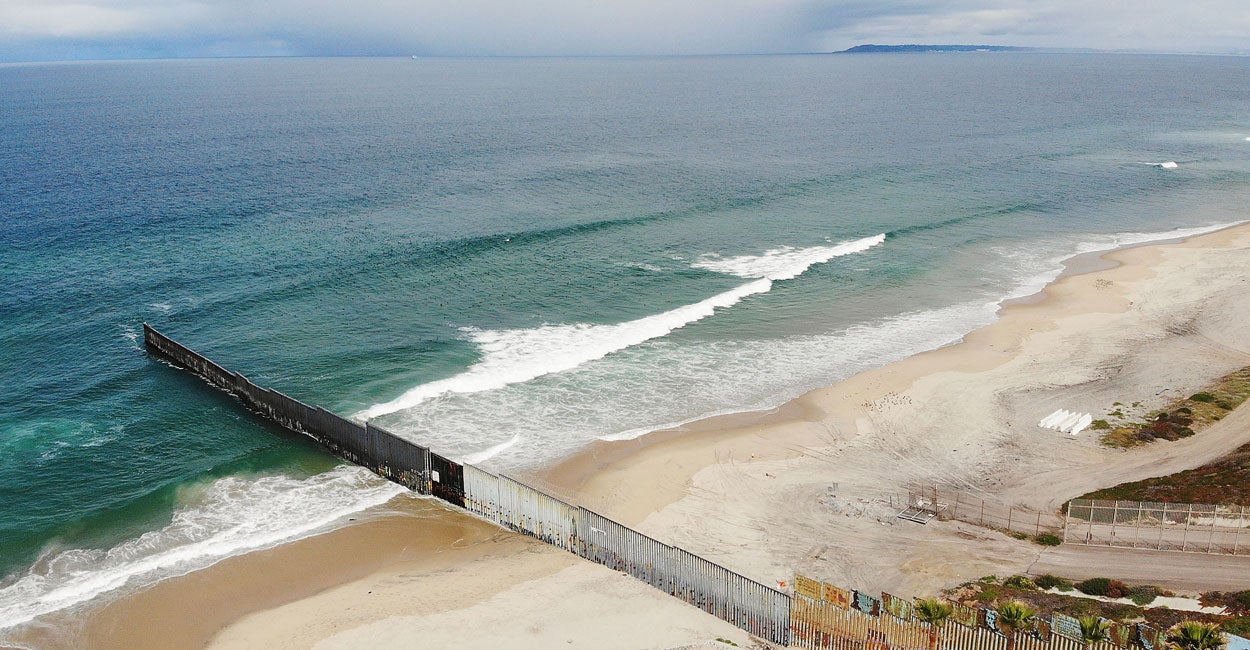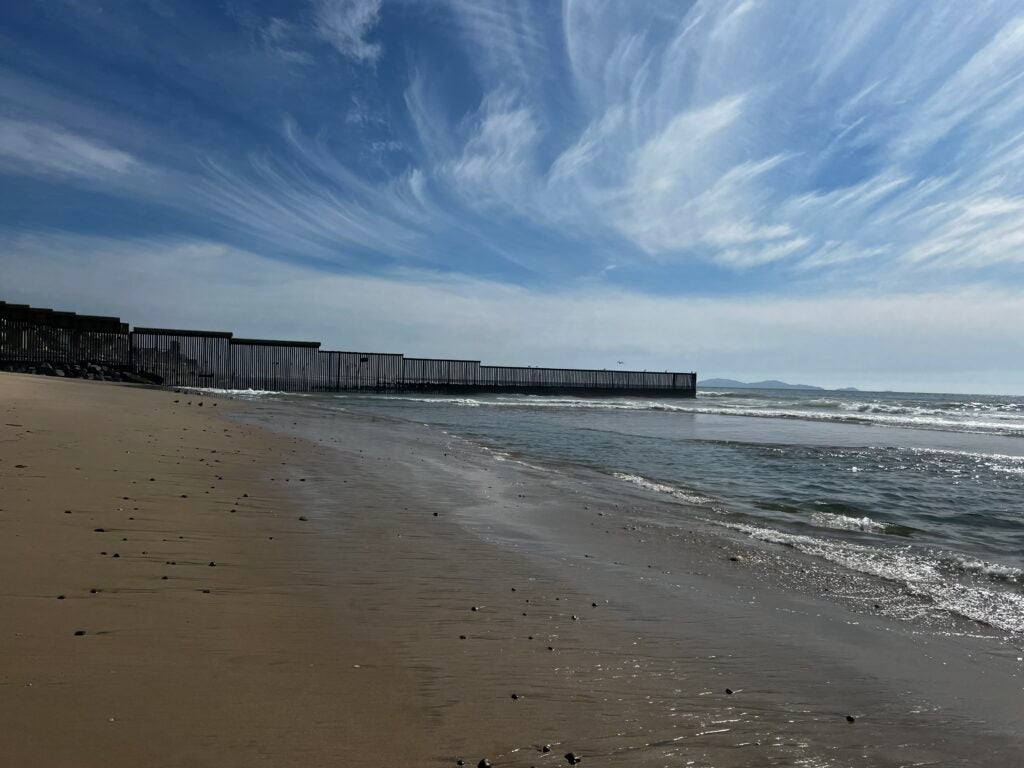No Border for Sewage: High Bacteria Levels in Tijuana River Close California Beaches

A number of beaches in California’s San Diego County are currently closed due to high bacteria levels.
Live Your Best Retirement
Fun • Funds • Fitness • Freedom
The ocean shoreline that runs for several miles down to the very tip of San Diego County, for example, is currently closed due to sewage flowing from Mexico down the Tijuana River and into the Pacific Ocean.
The issue of sewage from Mexico affecting California’s beaches is not a new one, as we unfortunately learned firsthand last year.
Covering issues related to border and immigration can land researchers and reporters in interesting places and situations—such as soaking wet and smelling of feces.
In March 2024, we set out to understand how mass “catch and release” of illegal immigrants under the Biden administration was affecting San Diego County. After witnessing a number of Border Patrol buses release hundreds of illegal aliens onto the street of San Diego County, we decided to make a stop at the border wall that runs into the Pacific Ocean and separates California from Tijuana, Mexico.
The park that allows for easy access to the border wall was closed, so the only option was to park about a mile down the beach, cross the Tijuana River, and walk to the border wall. The tide was rising quickly, and by the time we reached the wall and began to make our way back up the beach, there was little choice but to wade deep into the Tijuana River to reach the beach on the side.

The smell on our soaked pants was “probably sulfate,” we told ourselves, knowing the reality was likely far less palatable. Wet and smelling of sewage, we crawled back into our rental car and drove to the nearest department store for dry clothing.
Imperial Beach has now been closed for more than three years, San Diego County Supervisor Jim Desmond laments.
“Our beaches are supposed to be places where children can swim, where families can play, where we can take pride in the natural beauty of our home. Instead, we’ve allowed this problem to go unchecked for far too long, and a bad neighbor has been able to dump millions of gallons of sewage with no consequence,” Desmond recently said in a statement.
In a lengthy report on the San Diego Country beach crisis, The New York Times reported in May that on a daily average, “50 million gallons of untreated sewage, industrial chemicals and trash flow from Tijuana, Mexico, into southern San Diego County.”

Unfortunately, the beach closures this summer due to sewage flowing from the Tijuana River has been an issue for decades, according to the University of California at San Diego.
But the sewage and chemicals from Mexico are affecting not just the water, but also the air quality, UC San Diego reports.
A study from the university found that “a mixture of illicit drugs, drug metabolites, and chemicals from tires and personal care products aerosolize from wastewater and are detectable in both air and water.”
In April, Environmental Protection Agency Administrator Lee Zeldin visited the Tijuana River to examine the problem firsthand. Zeldin urged Mexico to work with the U.S. to solve the issue, calling for a “100% solution” to stop the dangerous pollution.
“Mexico needs to fulfill its part in cleaning up the contamination they caused, their people caused,” Zeldin said at the time.
During a House Energy and Commerce Committee hearing on Capitol Hill in May, Zeldin said his agency has “issued immediate action items for Mexico to permanently and urgently end the Tijuana River sewage crisis that has plagued Southern California for decades.”
Also in May, the International Boundary and Water Commission United States and Mexico, along with the EPA, announced the accelerated expansion of a water treatment facility in San Diego.
“Originally planned to take two years, this critical expansion is now on track for completion in just 100 days, due to the aggressive leadership of the Trump administration,” according to the announcement. The expansion of the water-treatment facility will allow the plant to treat 35 million gallons of water per day, up from 25 million gallons.
“This expansion is a major milestone,” the May announcement reads, adding that “both agencies will continue working to achieve a 100% solution to the Mexican sewage issues that have plagued the San Diego area for decades.”
The post No Border for Sewage: High Bacteria Levels in Tijuana River Close California Beaches appeared first on The Daily Signal.
Originally Published at Daily Wire, Daily Signal, or The Blaze
What's Your Reaction?
 Like
0
Like
0
 Dislike
0
Dislike
0
 Love
0
Love
0
 Funny
0
Funny
0
 Angry
0
Angry
0
 Sad
0
Sad
0
 Wow
0
Wow
0











































































